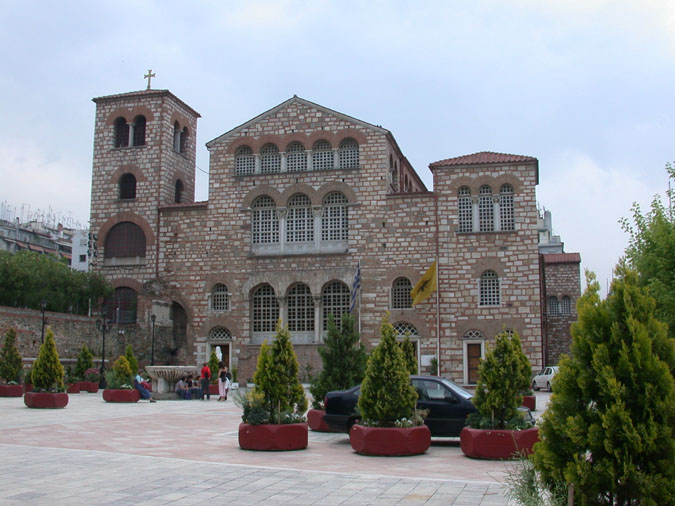Neonanocyborgasm
Deity
- Joined
- Apr 21, 2004
- Messages
- 4,695
Since taking my exam (and hopefully passing it), I have been bored at home and have nothing to do, so I have been surfing the net and discovered some interesting things.
In keeping with the earlier post about what happened to great ancient cities, I present: What happened to historical locales. In New York, there is history everywhere, of course. However, some places have declined into obscurity.
For example, I discovered that Thomas Paine lived, and eventually died only a couple of blocks from my old apartment in Greenwich Village, at 59 Grove St. The building is now home to a gay piano bar, called Marie's Crisis.
I also discovered that the infamous Tammany Hall was originally located on the corner of 3rd Avenue and 14th St. It is now the Con Edison building.
Are there any local spots in your area that are now shadows of their former selves?
In keeping with the earlier post about what happened to great ancient cities, I present: What happened to historical locales. In New York, there is history everywhere, of course. However, some places have declined into obscurity.
For example, I discovered that Thomas Paine lived, and eventually died only a couple of blocks from my old apartment in Greenwich Village, at 59 Grove St. The building is now home to a gay piano bar, called Marie's Crisis.
I also discovered that the infamous Tammany Hall was originally located on the corner of 3rd Avenue and 14th St. It is now the Con Edison building.
Are there any local spots in your area that are now shadows of their former selves?












